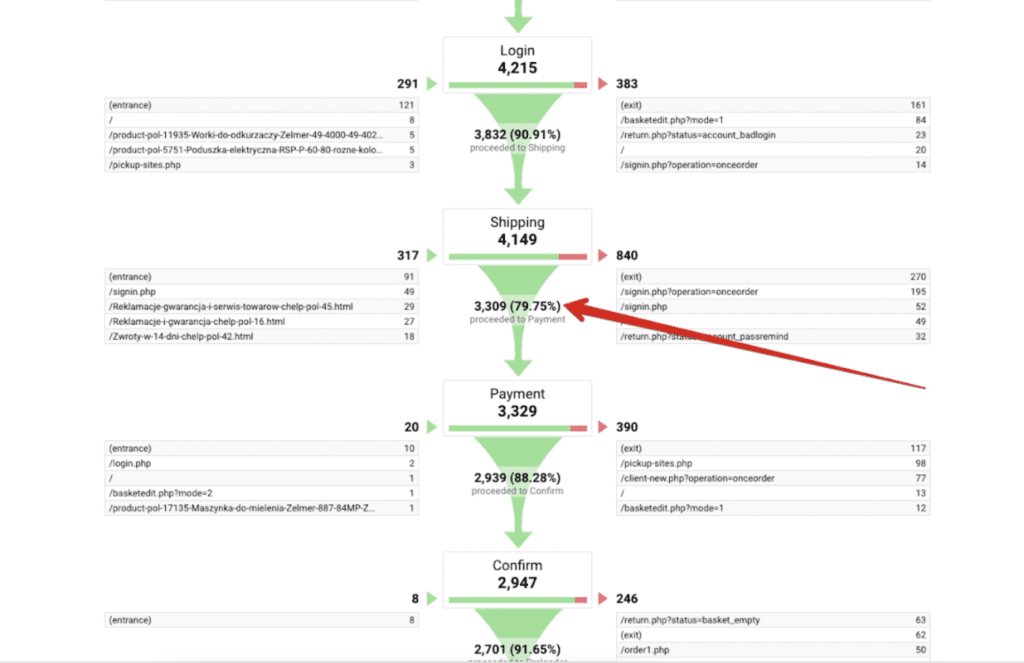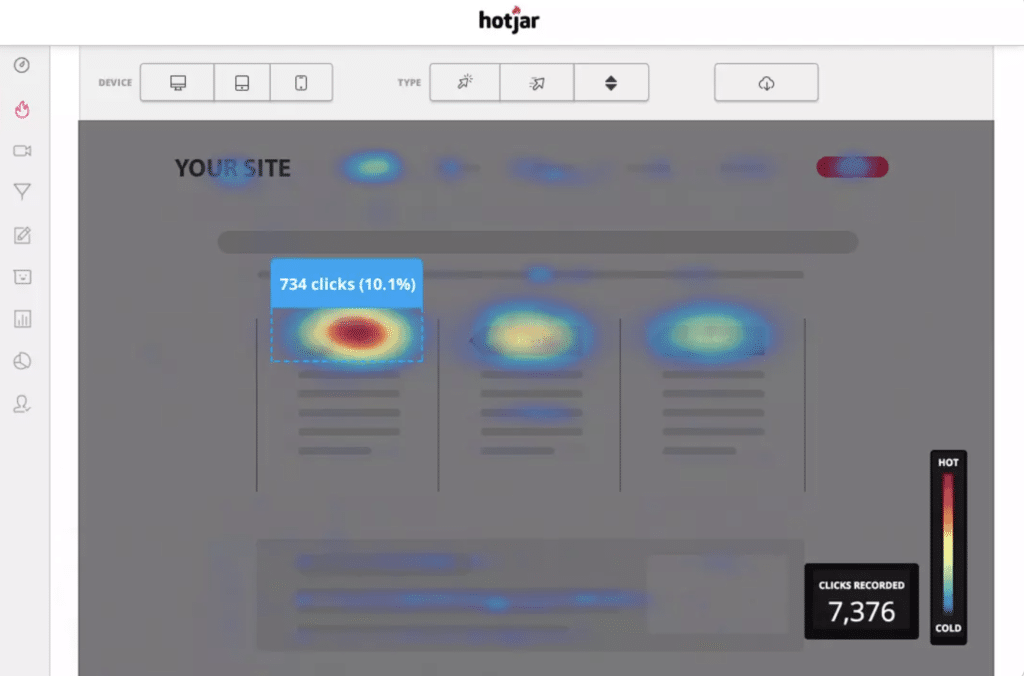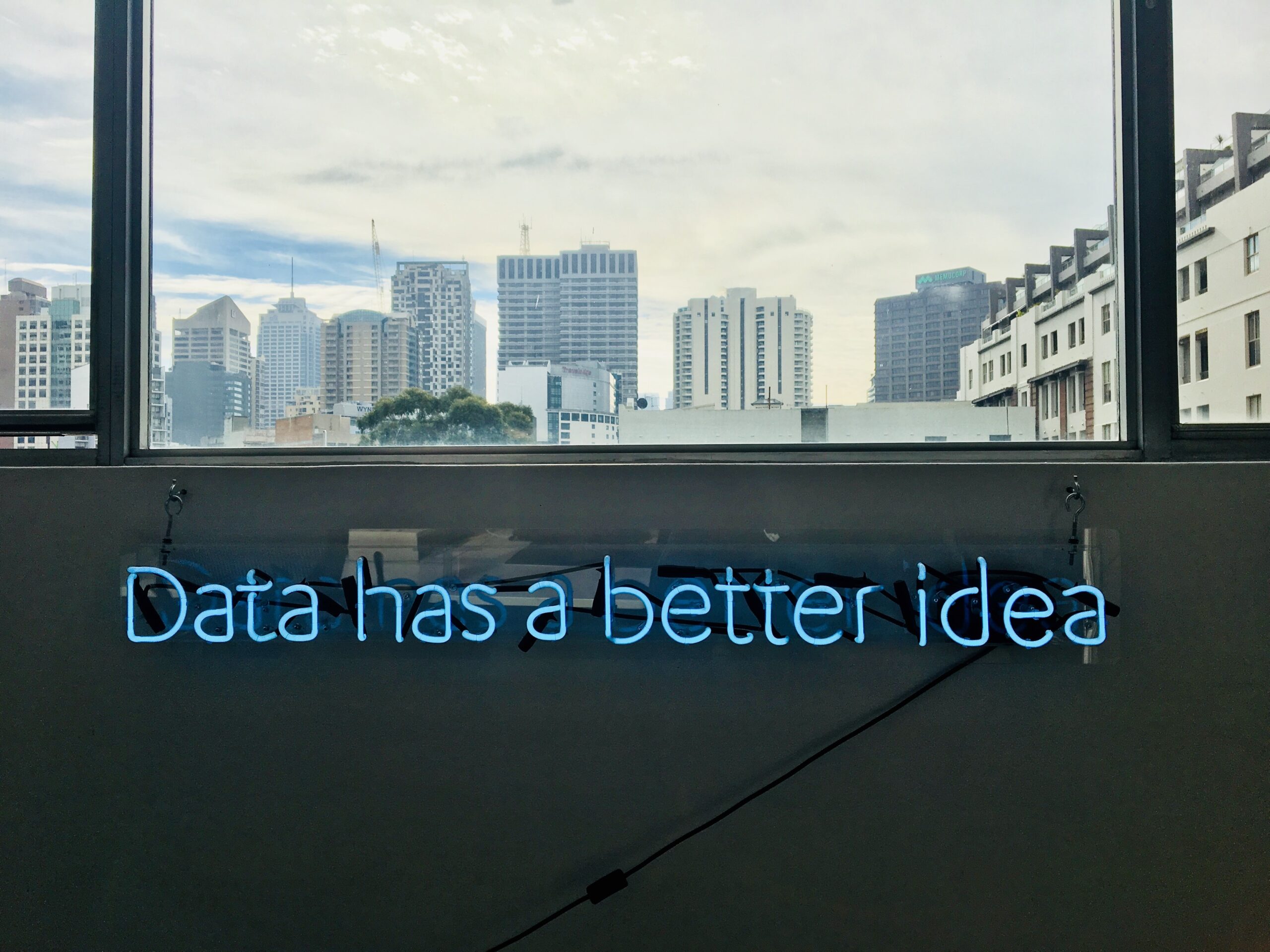A new beautiful day here in Copenhagen, the world is slowly returning to normal and while all that is happening, scarcity in deliveries, and rising expenses in ad purchase is threatening e-commerce in such a way that it is do or die for some of the more “complex” skills that you have to learn to utilize to get the most out of your traffic and your store.
Why does it matter?
Our customers are a healthy mix of smaller stores with only a few years of traction to growth comets and larger cross-border e-commerce stores, while some of them have invested heavily in building the right team around optimizing the customer journey, others still have some way before there is room to grow to a position where you can hire a dedicated team or partner agency that can help you.
Regardless of your entry into this field, knowing what is what, gives you leverage over your partner/agency, it helps you understand what is being said when the buzz words fly around the room and it gives depth to the conversation without the need for explanations for every single buzz-word.
Lastly – becoming data-driven in your decision-making is the act of making informed decisions rather than relying on gut feeling.
A live example
And talking about gut feeling, as a live example of how bad it can get when you are controlled by emotions and you dont use your numbers, recently we had a customer who had hired an external freelancer to support them in moving forward on advertising and social media management. In this collaboration, a review of existing tech came up.
Of course we more than welcomed the discussion and provided the necessary numbers along with how, why and where, unfortunately both the freelancer and the customer was not minded on numbers. The customer got scared, scared of loosing money and confused by the many different abbreviations used along with numbers and indicators. This uncertainty created a divide in the dialogue.
A divide that was hard to bridge as the dialogue became intense. Following up afterwards, we sent an overview with results and tried to make it as simple as possible to make sure the message was clear. It really helped the business owner make a decision. It also strengthed the relationship going forward.
Had the Owner spent more time in learning about key metrics and how to measure on these, fear would be replaced by knowledge and decision would be founded on data – rather than assumptions.
The first step
Firstly, you need to understand that if you are not reading and evaluating on the behaviour flows of your customers, you are not in a position to make changes/optimizations to it, as you cannot tell whether they will work or if they will even fix a problem. Typically we see a mix of Overconfidence Bias and Fear of Loss Aversion Bias as the host of a range of odd decisions. So let’s start with shortly explaining what those 2 terms are.
Overconfidence Bias
When you trust your own opinion without the right foundation, you tend to make decisions without consulting with others. We see that people have a gut feeling (uninformed decision-making) that they should change their whole website color-scheme(e.g.) based on what they like personally and that they trust so much in their own opinion that they disregard any notion that could indicate that they are horribly wrong. This bias is mostly used with newly started investors/business owners.
But it is completely understandable when considering that the owner of a store has to make every single decision related to their business from day 1. You simply grow accustomed to making decisions and at some point you form a mental framework around this. Alas at some point, you simply cannot rely on pure gut-feeling anymore as the company and the market grows in complexity.
Fear of Loss Aversion
Often the fear of losing money will keep you from investing in your store, even if the upside is clearly stated and has a massive potential. Don’t worry this is a completely normal phenomenon that almost every single person in the world has felt at some point.
But as a business owner, you need to make decisions that includes uncertainty, in relation to this process, becoming data driven, is to make the most informed decisions.
The second step
Now that you know the 2(out of several) internal pitfalls that can hurt your business, it’s time we started looking into what Data Driven decision-making is and why it can work as a guiding light for what to do next.
Quantitative Data / Exploratory Analysis
The first step in making decisions fuelled by data, is to learn to read and understand data, for that to happen, you need to have the right data setup that is visually understandable, and where you can find drop offs in your funnel. This requires among others the setting up of goals and micro conversions (add to basket e.g.) along with the major conversions. Below you can see respectively smartlook.com and google analytics with their funnel visualizations. We will not go into how to set that up in the different analytics platforms, google is your friend there and if it gets a bit too complicated, we have many awesome partners that specialize in getting you the right data foundation.



As you can see on the picture on the right, there is an arrow clearly pointing at what we would define as a point of friction, something is creating friction for your users and they are dropping off from the funnel(or they might be looping in the flow as this is a regular misconception in the data representation from google analytics).
Before moving on to validation of friction, you need to now more clearly define if the issue is browser or device specific so that you can narrow down your qualitative research to the right friction points. Now that you know something is wrong and where it hurts, it is time to move on to the next step.
Qualitative Data
Nobody ever found a definitive error by looking at Quantitative data sets unless it regarded a broken page. As user interaction is never as black/white as stay or leave. The aforementioned friction could be any number of different elements on the shipping page, there might be issues with certain browsers, such as facebook mobile apps webview browser that does not fully support pop-up navigational blocks with selectors(yet). The only way to find out what is really going wrong, you need to dive into each failed user journey to see what is creating friction. For this our suggestion among many great tools is Hotjar.


Using Hotjar on the specific page that is hurting you can set up the exact scenario that you want to record: entrance – device – browser – exit/bounce. And then it’s time to bring out the popcorn, as hopefully you have at least 100 videos to see so that you can find common denominators across the videos.
You found an error
Best case scenario is that it is a simple misunderstanding where using words and perhaps pictures can help alleviate the friction. Worst case – you need to get a developer to fix the problem.
Can I only use this for fixing apparent errors?
As Hello Retail is a company driven by data, making assumptions is generally a bad thing. Unless you need to start from somewhere – and here is what the data driven approach is really key – because if you make an assumption, instead of acting on it blindly, you need to set up an A/B test using tools such as Google Optimize(free) to create a version of the page you want to work with and then direct 50% to the old page and 50% to the new page and accumulate data to create certainty for whether this is the right move going forward. Again google is your friend in how to set up split tests and how to evaluate on processes.


